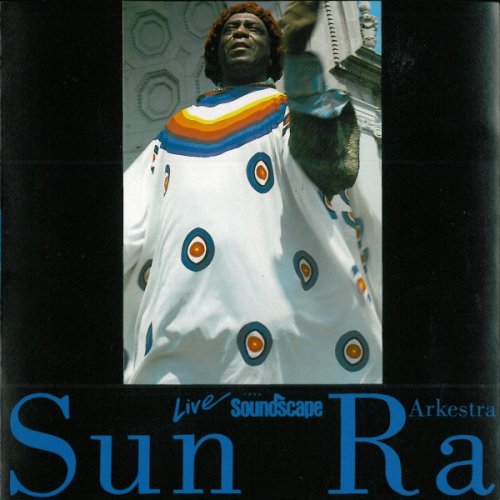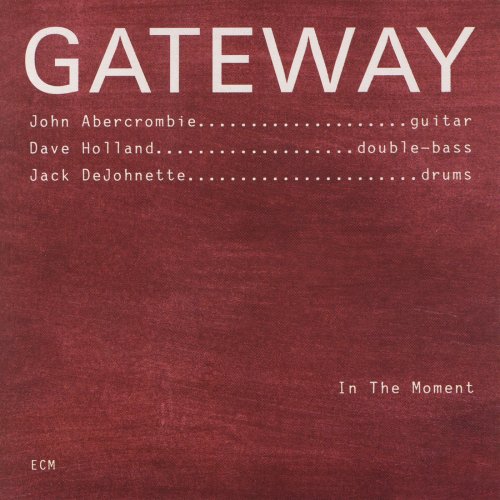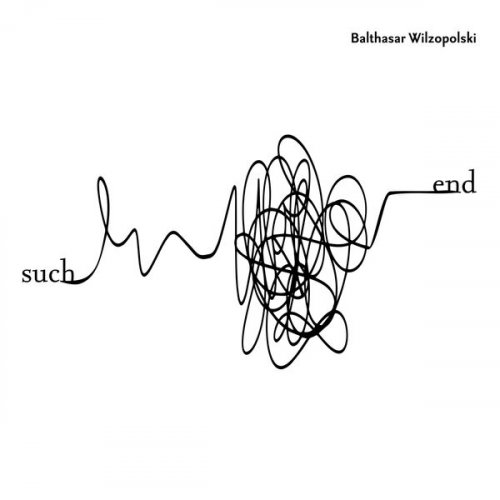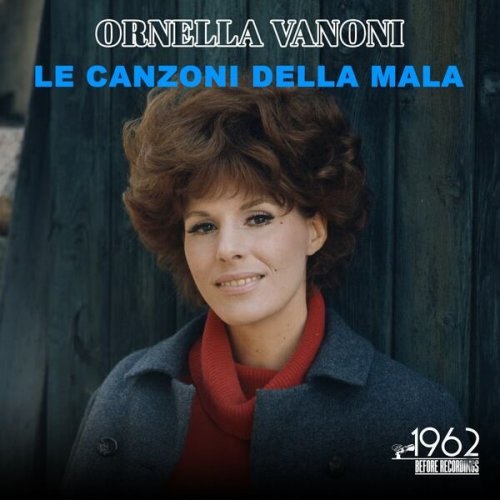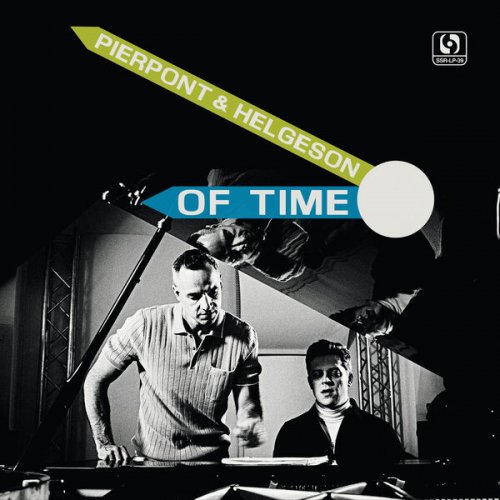Linda Di Carlo, Luca Vignali, Angelo De Angelis, Carmine Pinto, Eliseo Smordoni - W. A. Mozart, L. van Beethoven: Piano Quintets (2024)
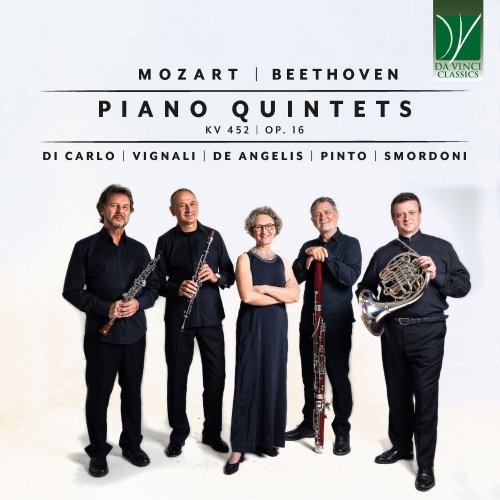
Artist: Linda Di Carlo, Luca Vignali, Angelo De Angelis, Carmine Pinto, Eliseo Smordoni
Title: W. A. Mozart, L. van Beethoven: Piano Quintets
Year Of Release: 2024
Label: Da Vinci Classics
Genre: Classical
Quality: flac lossless (tracks)
Total Time: 00:53:43
Total Size: 160 mb
WebSite: Album Preview
TracklistTitle: W. A. Mozart, L. van Beethoven: Piano Quintets
Year Of Release: 2024
Label: Da Vinci Classics
Genre: Classical
Quality: flac lossless (tracks)
Total Time: 00:53:43
Total Size: 160 mb
WebSite: Album Preview
01. Quintet for piano and winds in E-Flat Major, KV 452: I. Largo - Allegro moderato
02. Quintet for piano and winds in E-Flat Major, KV 452: II. Larghetto
03. Quintet for piano and winds in E-Flat Major, KV 452: III. Rondo: Allegretto
04. Quintet for piano and winds in E-Flat Major, Op. 16: I. Largo - Allegro moderato
05. Quintet for piano and winds in E-Flat Major, Op. 16: II. Andante cantabile
06. Quintet for piano and winds in E-Flat Major, Op. 16: III. Rondo: Allegro ma non troppo
At times, musicologists have to work like detectives – to uncover evidence, to put it together, to formulate hypotheses and validate them. However, like detectives, at times they may take too much for granted. If any two facts happen together, this does not prove that one is the cause of the other, or even that they are related. Such a relation needs to be demonstrated with corroborating evidence.
This is what happened with the two Piano Quintets recorded here. The facts are as follows. There is a musical genre which is unprecedented, i.e. a quintet for piano and wind quartet. Wolfgang Amadeus Mozart was the first to compose a piece for such an ensemble; he wrote it in Vienna and performed it publicly. Ludwig van Beethoven, likewise in Vienna, some years later, wrote a quintet for piano and winds (the same winds chosen by Mozart); Beethoven’s quintet is in the same key as Mozart’s, it second movement is in the dominant as is Mozart’s, and it is in three movements as is Mozart’s.
Conclusion? Beethoven was clearly copying from Mozart’s model, Watson would say. But Holmes would correct his friend for jumping to the conclusion too early. The key, or keys, prove very little: when composing for (or with) winds, at Mozart’s and Beethoven’s time, E-flat was the obvious choice. Not the only one, to be sure, but certainly the first that came to mind: E-flat major was the ideal, easiest, and most effective key in which winds could give their best. And, in a multi-movement work whose home key was in the major mode, the most obvious choice for the slow movement’s key was the dominant. Here again, this was not the only option; but certainly it was not such an unusual idea as to suggest a model/copy relationship between two given works.
Thus, the only piece of real evidence that remains is the ensemble, and this, to be sure, is a much more important element. Indeed, as we saw, in this case the choice was not only unusual, but even unprecedented, in Mozart’s case; Beethoven’s Piano Quintet came immediately after it, and was the second piece ever to have been written for this ensemble. Such a piece of evidence cannot be dismissed lightly. However, before accepting this evidence as conclusive, a crucial question should be asked: did Beethoven know Mozart’s Quintet? In fact, if we cannot prove, or at least reasonably surmise, that Beethoven actually knew the precedent, our argument falls miserably.
There is, alas, no incontrovertible proof, such as, for instance, a letter in which Beethoven praised Mozart’s model and stated he wished to take inspiration from the recently deceased master. Mozart, as is well known, had been hailed as Beethoven’s ideal model by Beethoven’s patrons in Germany, who had wished for him to receive the spirit of Mozart from Haydn’s hands. And, of course, Beethoven admired Mozart intensely, even though there are few aesthetic worlds more different from each other than Mozart’s and that of the adult Beethoven.
However, Mozart’s Quintet had not been printed in its original form by the time Beethoven wrote his own Quintet, so it circulated (to an extent which is hard to establish) in manuscript copies. Could Beethoven access one of them? Or perhaps Mozart’s original autograph manuscript? Here the story becomes even more similar to a detective novel. On May 30th, 1800, Constanze Mozart, the composer’s widow, wrote to a German music publisher, Johann Anton André: “H. v. Zmeskal, secretary of the Hungarian Chancellery here, has the original of the piano quintet”.
This Zmeskal (or rather Zmeskall), was a composer of Hungarian origins, Nikolaus Zmeskall von Domanovecz. He had arrived in Vienna in 1784, and until 1825 he worked there as the Secretary of the Hungarian Chancellery. In his free time, Zmeskall played the cello, and befriended many musicians, among whom Beethoven, with whom he became very close. Thus, if the original autograph of Mozart’s Quintet was in Zmeskall’s hands, and Beethoven was a friend of Zmeskall, then Beethoven knew Mozart’s Quintet – so would Watson say. But, once more, Holmes would rebuke his friend. The point to establish is when did Zmeskall obtain the precious manuscript, since, by the time Constanze affirmed this hard fact, Beethoven’s own Quintet had already been composed.
There is one further mention of this Quintet in sources related to Mozart’s widow; in this case, Constanze’s letter was allegedly written when Mozart was still alive (1790), but published nine years later (1799). Constanze affirms: “A Polish Count was present for a Sunday musical gathering at which Mozart performed and, like the entire audience, he was completely enchanted by a new quintet for piano and winds. He told Mozart as much, and expressed his wish that Mozart would some time compose for him a trio for flute. He promised to do so when he had a chance. As soon as the Count returned home, he sent Mozart 100 gold half-sovereigns (150 imperial ducats) and a
very complimentary note, thanking him for the great pleasure. Mozart was grateful and in return sent him the original score of the quintet, which he otherwise never did, and recounted to his friends with enthusiasm this pleasant experience. The Count was [subsequently] away, but a year later came to Mozart again, asking him for his trio. Mozart answered that he had not yet felt himself inclined to compose something worthy of the Count. The Count replied: And perhaps you will not feel inclined to return my 100 gold half-sovereigns, which I paid to you in advance for the trio. It will be remembered that, in the above-cited letter, the money was given as nothing more than a token of his admiration and thanks for his great pleasure. Mozart – angry but noble – paid back the money. The Count kept the original score [of the quintet] and some time later it was published by Artaria as a quartet for violin, viola and violoncello, without Mozart’s authorization”.
Interesting as the story may be, it is still not conclusive. Zmeskall was neither a Count, nor Polish; he was a secretary, and a Hungarian. And, furthermore, the authenticity and reliability of this supposed letter has been heavily questioned. If, instead, the story is true and precise, it remains to demonstrate where and when did Zmeskall obtain the autograph from the Polish Count, and so the question about Beethoven’s perusal of the manuscript remains open.
There is, however, one further possibility worth exploring. While Beethoven was based in Vienna at the time of the composition of his Quintet op. 16, the work’s actual composition took place, in all likelihood, in Berlin, during a tour of Central Europe which Beethoven undertook in 1796. Before Berlin, Beethoven’s tour touched Prague, one of the most “Mozartean” cities of Europe (indeed, Mozart was welcomed much more warmly by the Prague audience than by that of Vienna). Among Beethoven’s sketches, there are some, written on a paper of Bohemian manufacture, which contain ideas for a work for piano and winds. Although none of these ideas took definitive shape in Beethoven’s Quintet, it is not impossible that the first idea for such a composition came to the musician’s mind in Prague, where he may have heard a performance of this work by local interpreters. This surmise is not substantiated, once more, but it is intriguing.
Thus, if it remains true that two clues do not make a proof, it is also true that the possibilities for Beethoven to have known Mozart’s work are numerous, and it is therefore more than likely that he did appreciate it.
What matters most, however, for a cognizant experience of the two works played together and recorded in this Da Vinci Classics album, is that no simplistic comparison of the two works should pollute the listener’s experience. This has been done by several musicians and musicologists in the past; and the mere comparison between Mozart’s and Beethoven’s Quintets almost invariably led to a dismissal of the younger composer’s work as inferior to Mozart. The point, however, is that – arguably – the two musicians’ goals were sensibly different. In particular, as Kinderman pointed out, “[The Quintets’] artistic aspirations were not identical, and in some respect even sharply divergent”, specifically as concerns the role of improvisation.
It is in fact worth mentioning that a curious incident happened during the premiere of Beethoven’s Quintet, on April 6th, 1797: it is revealing as concerns the young composer’s approach to this work. As reported by Ferdinand Ries, a student of Beethoven: “That same night Beethoven played his quintet for piano and wind instruments; the famous oboist Ramm from Munich also played and accompanied Beethoven in the quintet. In the last allegro a fermata occurs several times before the theme begins again. In one of these pauses Beethoven suddenly started improvising, taking the Rondo subject as his theme and entertaining himself and the others for quite some time. This was not the case with the accompanists, however; they were very annoyed and Mr. Ramm was even angry. It did indeed look very droll to see these gentlemen, expecting to begin at any moment, raising their instruments to their mouths incessantly and then quietly putting them down again. At last Beethoven was satisfied and returned to the rondo. The whole society was enchanted”.
Mozart’s Quintet, thus, is conceived as a pocket version of a Mozart Piano Concerto: the period of its composition was one of the most fecund in terms of Piano Concertos (KV 452 is surrounded, in Köchel’s catalogue, by the great concertos KV 450 and 451, and the fascinating masterpiece which is KV 453). This Quintet explores the same dynamics of dialogue and interaction which pervade Mozart’s Concertos, in spite of the complex challenges posed by the instrumentation (with the need to break longer melodic phrases for breathing needs). Beethoven’s Quintet, by contrast, was likely conceived more as an interaction between composition and improvisation, displaying a different set of skills and abilities.
Together, these two splendid works complement each other, and fully demonstrate that the genre of the quintet for piano and winds could not have two greater godfathers.
